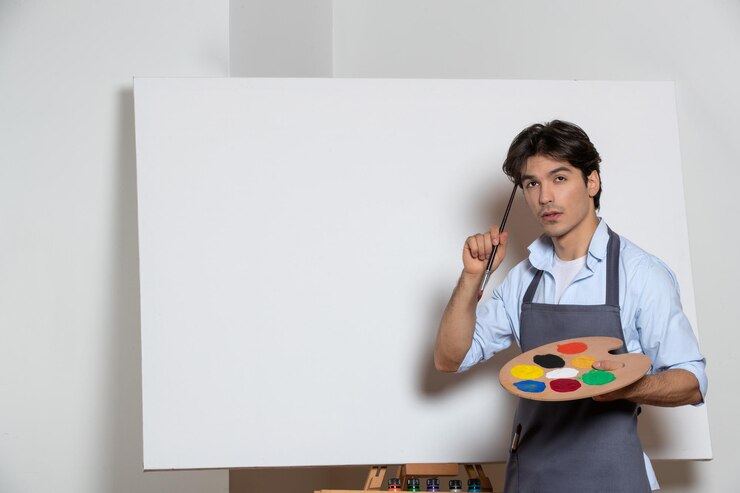Art As An Investment: What You Need To Know

Every now and then, we hear about artworks being auctioned and fetching enormous amounts of money. If you’re considering trying your luck or happen to own some pieces by well-known artists that seem to have investment value, there are a few things you should know about art as an investment.
Displaying Your Investment Artworks Is Risky
Artworks may have been intended for display, but once they start becoming worth substantial sums of money, having them as decor items imply more risk than you might want to take on. Storing paintings in climate-controlled conditions helps to preserve their beauty and their value.
Sunlight, humidity, and those “little” accidents that happen around the home could all spell the end for your investment artwork. Ask yourself if you’re willing to accept the risk of devaluing or even destroying an artwork before choosing it to brighten up your home.
If losing it for whatever reason would constitute a blow, storage is probably the better solution. Use attractive, but less valuable wall art for your home instead.
Art Investments Are Long-Term and Potentially Unprofitable
Just because an artist is trendy now doesn’t mean that their works will appreciate in value anytime soon or even command the best prices in future decades. As an example, Van Gough was an unsuccessful artist throughout his life. Many of his contemporaries, now forgotten, commanded more attention and were more successful.
Those who kept works from these artists for generations are certainly able to fetch a large profit, but it would be unlikely that they ever invested in Van Gough who is now more famous than almost all of the artists of his time.
If Art is an Investment Rather Than Art for Art’s Sake, Keep Your Investment Small
Because art is such a risky investment, don’t make it a major part of your portfolio. It may make you a fortune, but then again, it may not. Even items with a theoretically high value won’t necessarily realize that amount when placed on the open market.
Your investment is only as good as your ability to find buyers. If you can’t realize an artwork’s monetary value, it remains an item with notional value and nothing more.
Wise Art Investments May Grow in Value During Troubled Times
Investment houses noted that during the pandemic, a time when stocks and shares were volatile at best, art investments were on the rise. During the pandemic, Southeby’s saw an increase in turnover of over 400 percent.
The Artprice Global Indices (yes, it’s a thing) also rose during 2020 showing that when times are tough and stocks are volatile, art might actually prove to be a financial haven amid the stormy seas.
However, the general approach to art as an investment as voiced by Deloitte is that it serves well for value preservation, and less well for value growth and liquidity. When other assets are volatile, art remains stable, and that’s possibly the main reason why serious investors consider a holding in art as an investment.
At the same time, it’s worth remembering that when we see high prices being fetched at art auctions, the timing of the auction was probably planned to match market receptivity towards art in general, or a specific artist or artwork in particular.
If It’s Too Good to Be True, it Might be Forged
Forgery is rife in the art world. One of the more engaging stories about art fraud is the one about British art forger John Myatt. The struggling artist and art teacher succeeded in passing off more than 200 works as authentic with the help of an art-dealer associate.
Following a prison term, Myatt is now a famous artist in his own right. But his forgeries, one of which sold for £25,000 through Christie’s, certainly aren’t as valuable as the originals would have been. With even major auction houses being taken in by forgeries, it’s possible that you could be fooled too.
When Investing in Art is a Good Idea
You love art and you have money to spare. If the value of your artwork fails to appreciate, you’re ready to shrug it off. You certainly aren’t looking at liquidating the asset soon, and if you do choose to, you can wait for the market to be favorable.
At the same time, you’re serious enough to work with a good investment company that specializes in art, and you might even be willing to buy “shares” in artworks of known provenance and value.
Alternatively, you pin your hopes on an artist you believe in, don’t expect the investment to yield much, if anything, but love the idea of supporting art and artists.
Additional:































